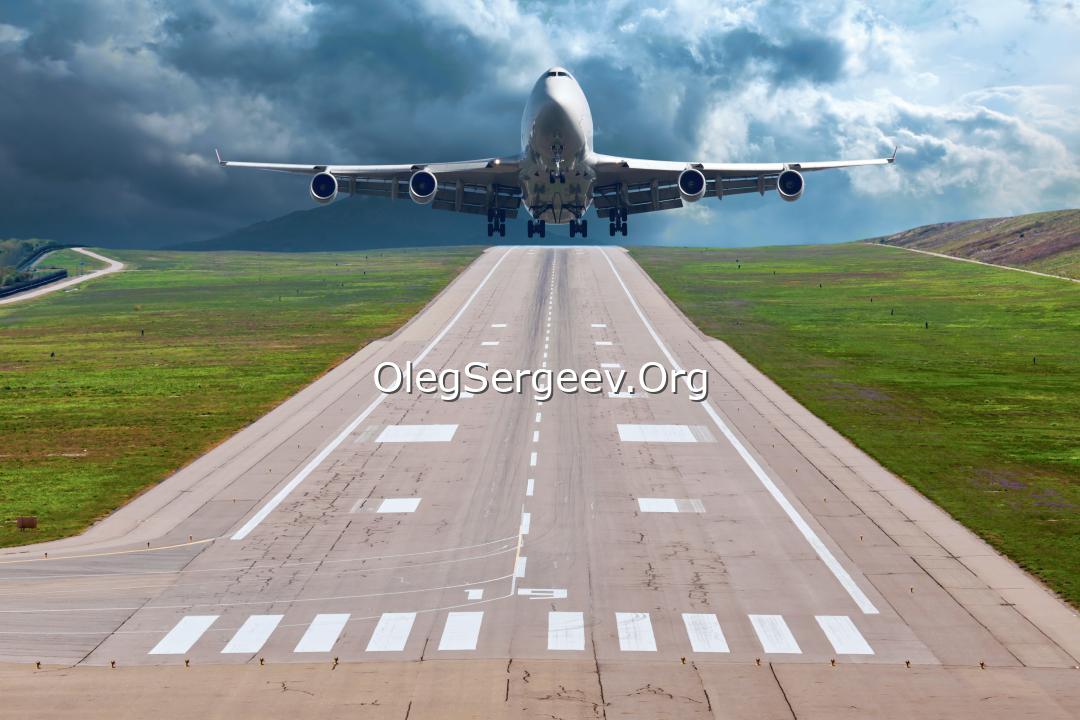Digitalization of air cargo transportation will help solve the problems of the aviation industry
To compensate for the losses due to the pandemic, a total transition of air cargo carriers to digital document circulation is required.
According to IATA data for February 2021, the demand for air travel in the global markets is still above the level before COVID-19. Global demand, measured in freight tonne kilometers (CTK), increased by 9% compared to February 2019 and 1.5% compared to January. In all regions, the volume of international cargo transportation has now returned to the level of 2018. The most successful were North American and African airlines, which increased by 17.4% and 44.2%, respectively. The fall was recorded only in Latin America, where the volume decreased by 20.5%.

Regardless, recovery of global capacity is being hampered by new reductions in passenger business capacity amid restrictions due to the third wave of COVID-19. Production capacity during this period decreased by 14.9%.
In such a situation, specialized air cargo carriers are still used, including the carrier ZetAvia, which operates in the Middle East, Africa and the CIS. Obviously, along with cargo carriers, passenger airlines are now in a more advantageous position, which add cargo transportation.
According to the new head of IATA, Willie Walsh (Willie Walsh), this is only a short-term financial benefit, as the market is likely to change as more and more resources become available. Walsh insists that the success of freight transportation is not enough to offset the general financial problem in the airline industry. The head of the International Air Transport Association emphasizes that the success will contribute to the elimination of paper transactions.
Oleg Sergeev